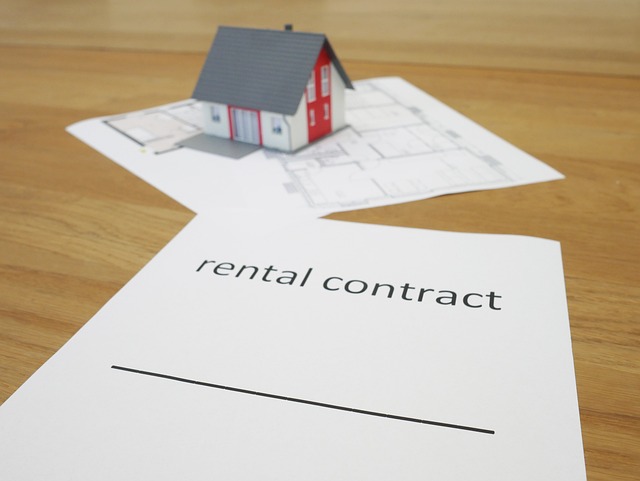Capitalizing on the Booming Market of Tiny Homes
Tiny homes have been making a big splash in the real estate market over the past few years. This trend, which started as a movement toward minimalism and environmental consciousness, has grown into a full-fledged real estate phenomenon. This article delves into the world of tiny homes, analyzing their rise, current market trends, the pros and cons of investing in them, and their potential impact on the larger housing market.

An In-Depth Look at Tiny Homes
The tiny house movement is believed to have kicked off in the early 2000s. The idea was simple: live smaller to live better. This ethos appealed to people seeking to declutter their lives, reduce their environmental impact, or simply live more affordably. Since then, the tiny house trend has grown exponentially. According to the Tiny Home Industry Association, the market is expected to grow at a rate of 7% annually through 2025.
Today, tiny homes are not just DIY projects but professionally built structures, complete with modern amenities and sophisticated designs. They range in size from 100 to 400 square feet, a dramatic downsize from the average American home size of 2,600 square feet.
Market Trends and Financial Insights
The tiny home market is currently dominated by younger demographics, particularly millennials, who are attracted to their affordability and minimalistic lifestyle. However, the market is also seeing interest from older demographics as a potential retirement solution.
The tiny home market is also seeing an increase in rental opportunities. Many homeowners are purchasing tiny homes as secondary properties to rent out, either on their own land or in specialized tiny home communities. With average prices ranging from $30,000 to $60,000, tiny homes offer a relatively low cost of entry compared to traditional real estate investments.
The Pros and Cons of Tiny Home Investing
Investing in the tiny home market can offer several benefits. Firstly, the lower initial investment makes it an attractive option for first-time investors. Secondly, with the growing demand for tiny homes, investors can expect a high rental yield. Also, the flexibility of these homes allows for mobility and the opportunity to tap into the tourism and holiday rental market.
However, there are challenges to consider. Zoning laws and building codes can limit where tiny homes can be built or parked. Also, financing can be a challenge as traditional mortgage lenders may not finance a tiny home. Lastly, it’s important to consider the resale value, as the market for tiny homes is still relatively small.
The Impact of Tiny Homes on the Real Estate Market
Though tiny homes currently make up a small portion of the overall housing market, they are causing a shift in the way people think about living spaces. They are challenging the age-old notion that bigger is better, and they’re forcing developers and city planners to rethink housing solutions. As the concept of living small continues to gain momentum, the tiny home movement could have a significant impact on the future of housing.
Conclusion
While the tiny home market may not be for every investor, it offers an interesting and potentially lucrative niche within the real estate market. However, like any investment, it requires research and a keen understanding of the market. For those willing to navigate the unique challenges of this burgeoning market, investing in tiny homes could offer big rewards.
In conclusion, the tiny home movement is more than a passing fad. It’s a reflection of changing attitudes towards housing, sustainability, and lifestyle. As such, it’s a market with staying power—and one that forward-thinking real estate investors would do well to watch.




